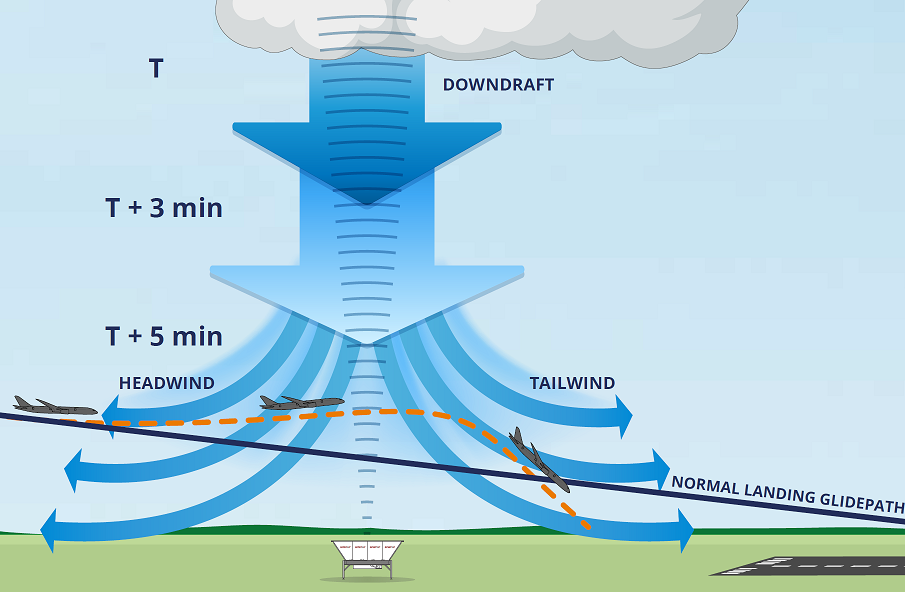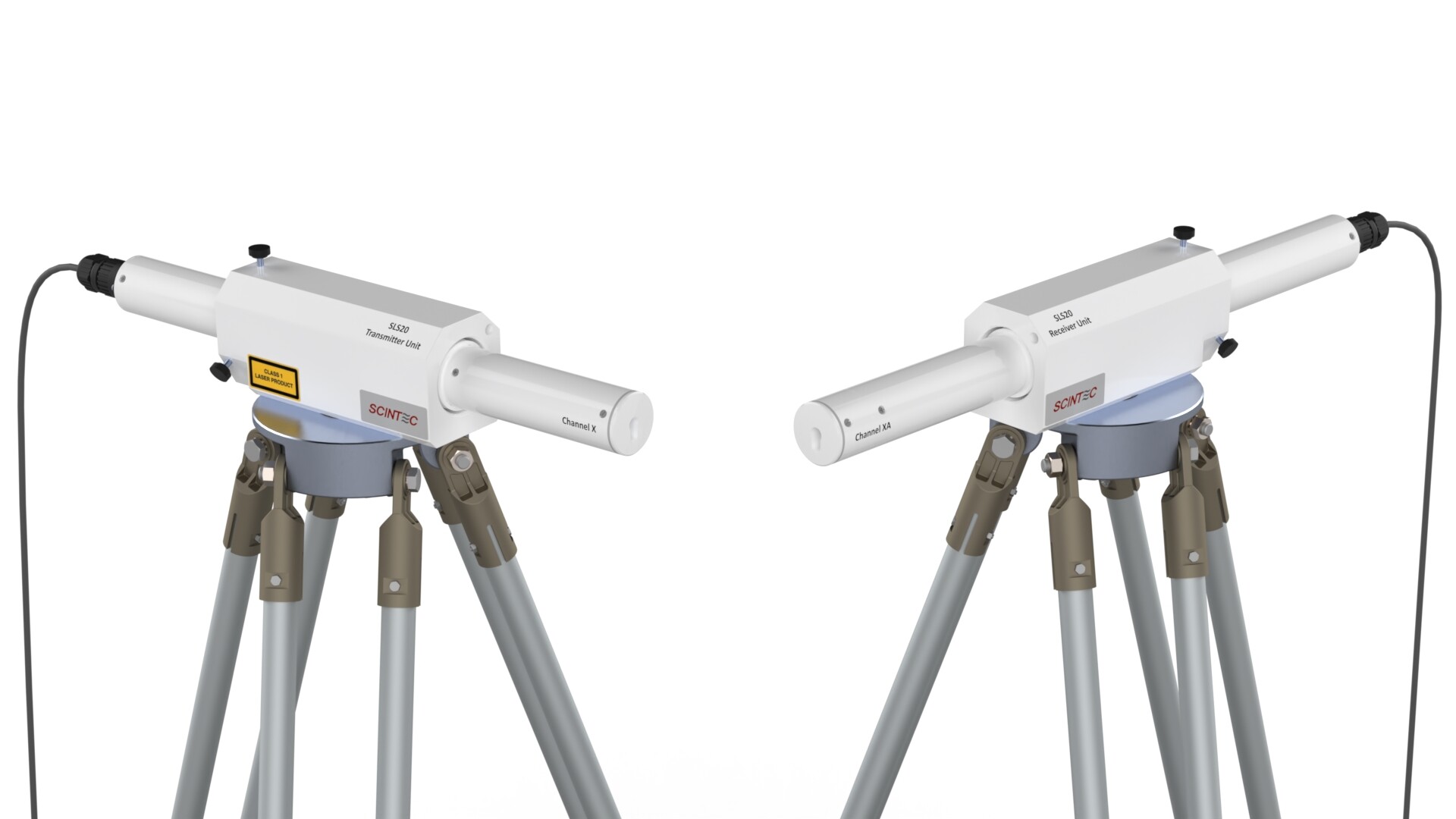The Azores is an island group located in the northeastern Atlantic Ocean, a region characterized by marine stratocumulus clouds. The response of these low clouds to changes in atmospheric greenhouse gases and aerosols is a major source of uncertainty in global climate models. In order to characterize the dynamics of cloud formation, the Pacific Northwest National Laboratory and Sandia National Laboratory have now installed a new Scintec LAP®3000 Radar Wind Profiler at the ARM Climate Research Facilities on Graciosa Island in the Azores. Graciosa Island was chosen because it is small and low and will therefore cause little disturbance of the sourrounding oceanic air flow. Also it is north of the other islands and will not be influenced by their aerosol emissions.
September 17, 2014
New LAP3000 Radar Wind Profiler on Azores Islands




